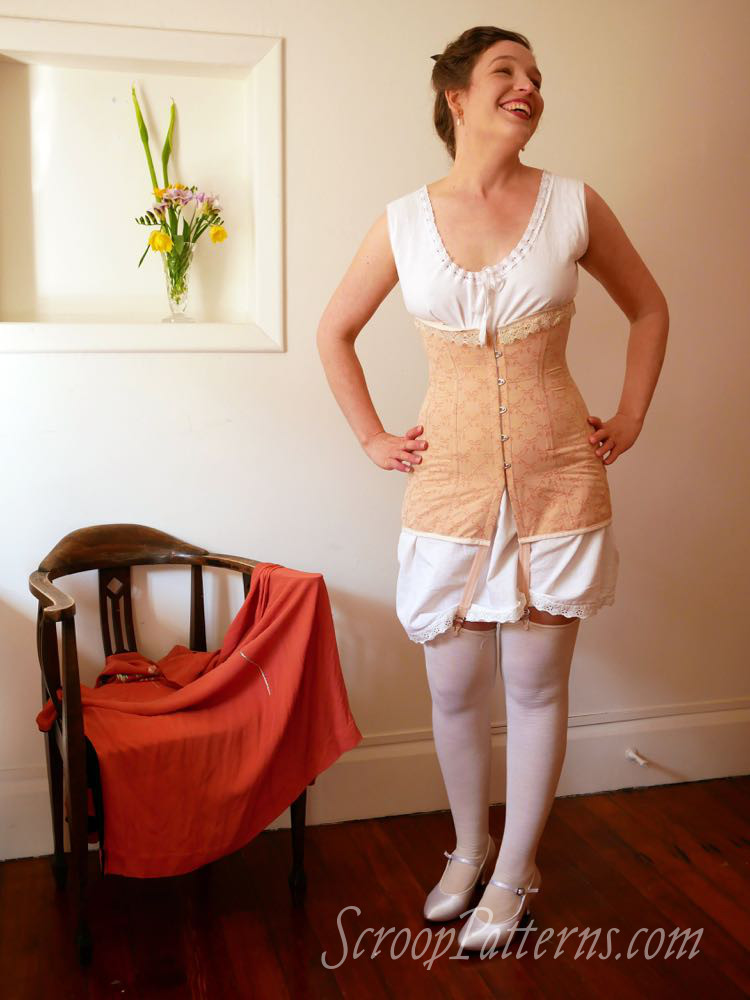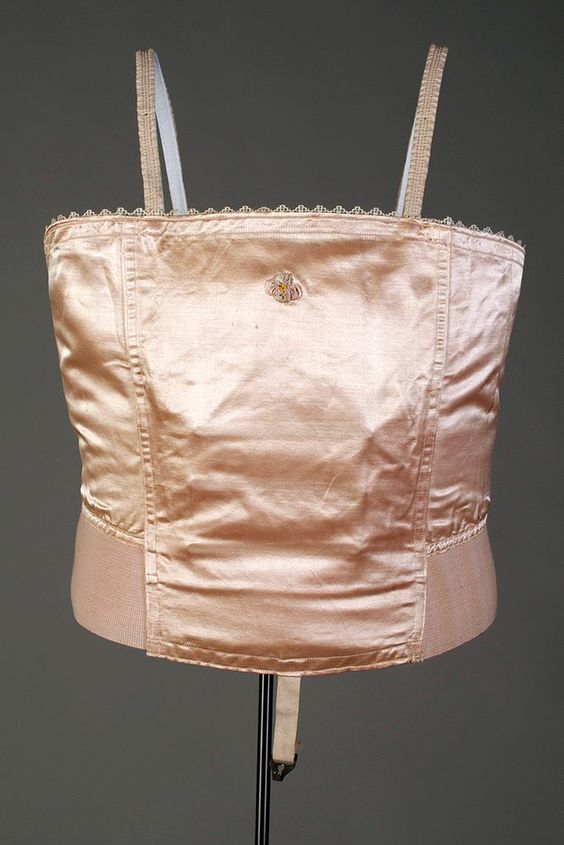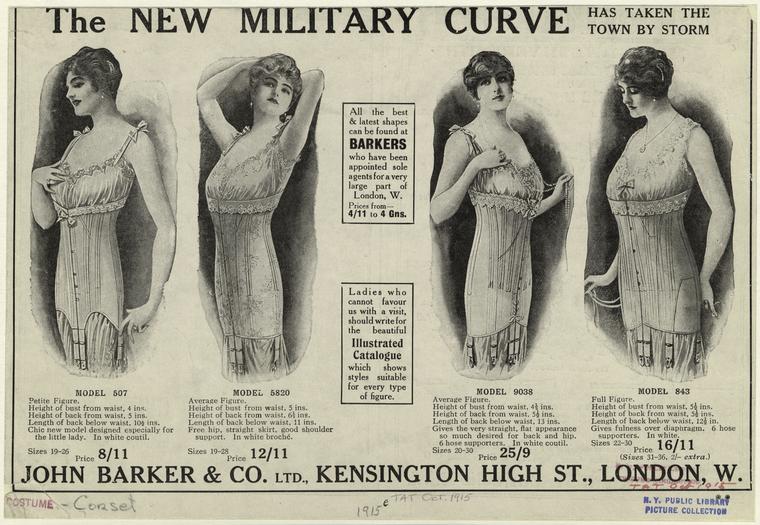The Scroop Rilla Corset on real bodies
I’d hoped to show the Scroop Rilla Corset on models when I launched it, but unfortunately due to timing issues that wasn’t possible. Happily, we’ve now managed to do a full photoshoot with the Rilla, and I can show you how it looks on actual bodies! Both Jenni and I are wearing the Rilla Corset in size 38, with Average hip flare. Jenni wears View B in white coutil, and I wear View A in peach pink brocaded cotton. The size 38 in Average is a perfect match to my measurements. Jenni has an exceptionally small waist compared to her hip size, so the ideal Rilla Corset for her would be custom fitted to her measurements: shortened, as she is petite, and let out slightly in hip and at the underbust, to accomodate her amazing curves. I give guidelines on adjusting for fit in the Rilla Corset pattern, and will also be demonstrating custom fitting on Jenni in a later post. Although not an absolutely ideal fit, the standard pattern still fits her quite well. …



